Cellular drama, maintaining identity in division
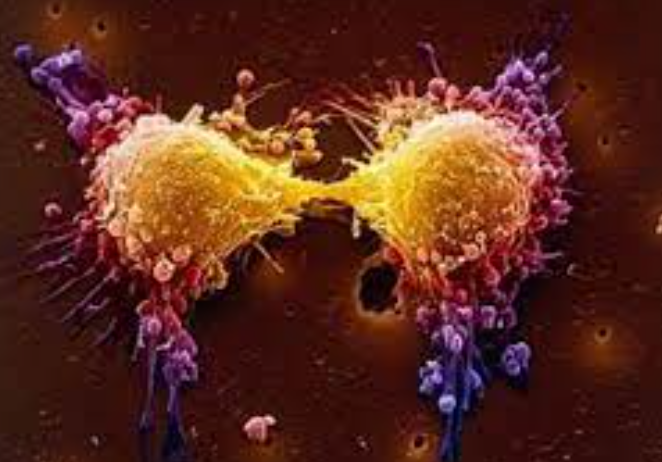
Hello, cellular adventurers! Get ready for a dive into the intriguing world of how cells maintain their identity when they decide to divide. Imagine that each cell is like a VIP at a genetic party, they all have the same genetic instructions, but only express the genes they need to excel in their role, whether as a nerve cell, immune cell, or any other role in the body. When cells decide to divide, they face a bit of a dilemma: they lose half of their genetic “make-ups,” those chemical modifications that give them personality. How do they avoid becoming a genetic disaster? This is where the latest MIT gossip comes into play!
A group of MIT geniuses propose that inside the nucleus of each cell, the 3D folding of its genome is like the secret blueprint of a city. This folding determines where the chemical signals should be placed. When a cell divides, it loses some of these signals, but thanks to 3D folding, the daughter cells can easily recover the signals needed to maintain their style. Jeremy Owen, the magician behind this cool trick, explains that “it’s like keeping type in a complicated conversation between 3D folding and chemical signals – a real genetic juggler!” Inside the cell nucleus, DNA is wrapped in proteins called histones, forming a dense structure called chromatin; these histones are like Instagram stars, showing their best moments with different modifications that control which genes are expressed-the key here is “epigenetic memory,” which helps cells maintain their cellular identity.

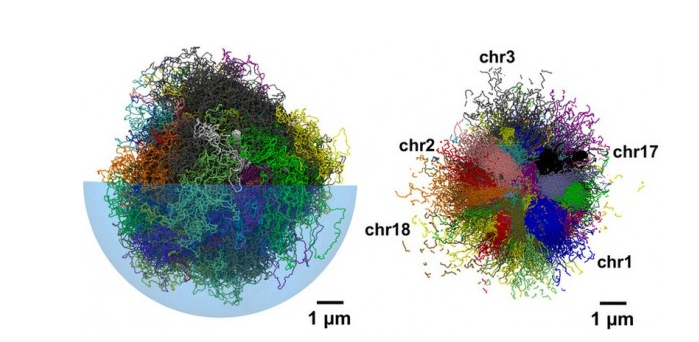
Here comes the spark of genius: 3D folding and epigenetic marks are like the connections between friends in a social network; when cells copy their DNA, they share the marks with daughter cells, and reader-writer enzymes are like the influencers that ensure the marks get where they need to go. But beware, too much reader-writer activity and the whole genome becomes a chaos of modifications! To maintain balance, the scientists suggest limiting the amount of enzymes, such as capping the number of “likes” on a photo, and like any good scientific drama, our MIT heroes are ready to find out if this model can explain the loss of genetic memory in cells as they age. They are also planning to unravel the mystery of a disease called progeria, where cells age faster than normal.
So there you have it, dear readers. Cell biology, a true spectacle of light and shadow, where cells are the stars that maintain their identity while facing the challenge of division. See you next cellular adventure!
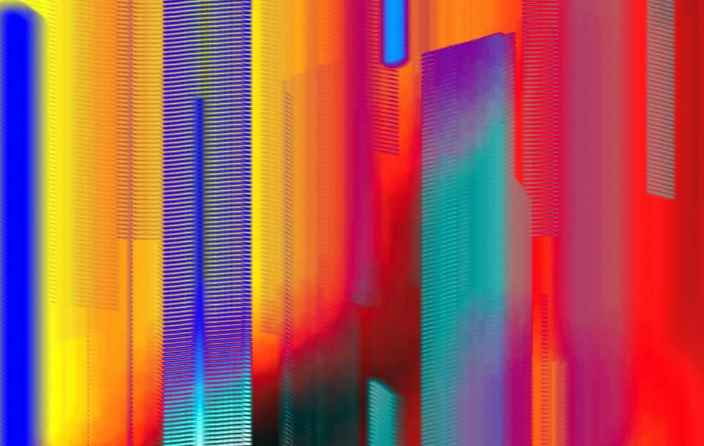
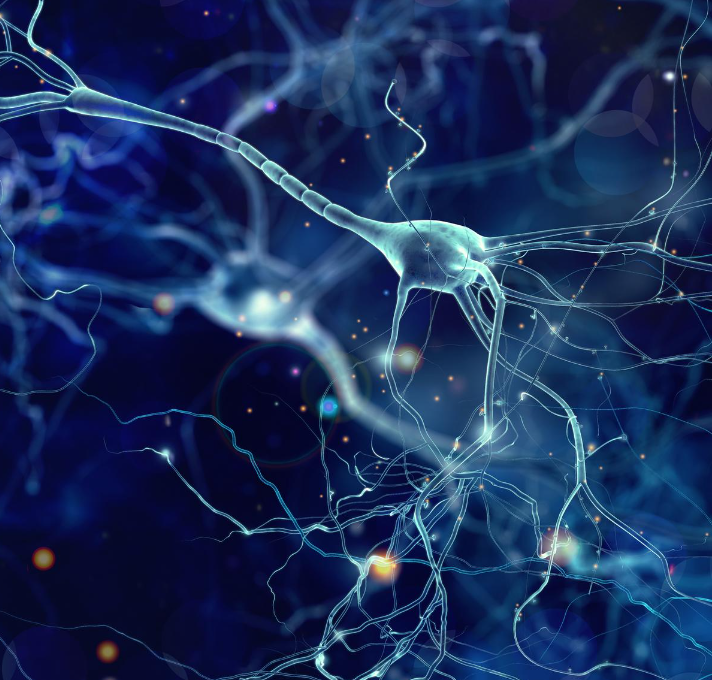
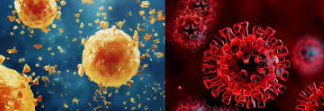

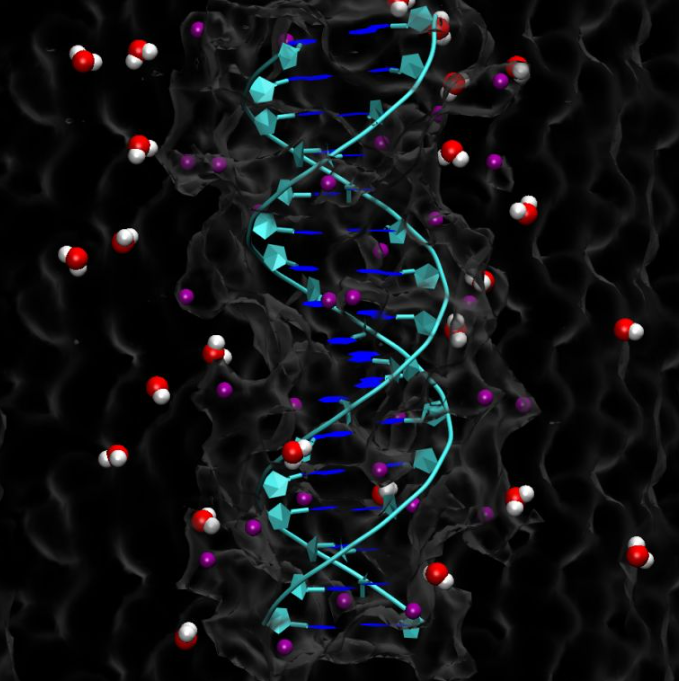
Responses